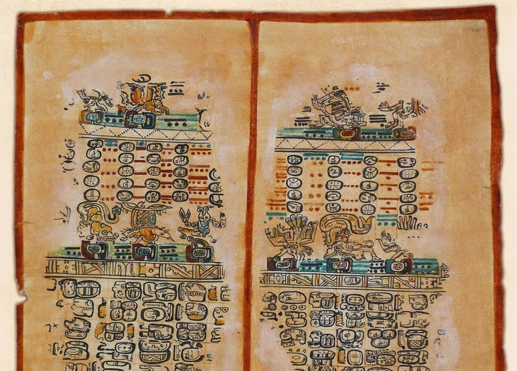Contents
- The Importance of Time for the Mayans
- The Haab Calendar – The Civil Calendar
- The Tzolk’in Calendar – The Sacred Calendar
- The Long Count Calendar – The Cosmic Calendar
- The Mayan Calendar and Astronomy
- The Relevance of the Mayan Calendar Today
- Conclusion
-
Frequently Asked Questions
- 1. How many calendars did the Mayans have?
- 2. What was the purpose of the Haab calendar?
- 3. How did the Mayans calculate dates using the Haab calendar?
- 4. What was the significance of the Tzolk’in calendar?
- 5. How did the Mayans interpret the days and energies in the Tzolk’in calendar?
- 6. How did the Long Count calendar differ from the other Mayan calendars?
- 7. Did the Mayan Long Count calendar predict the end of the world?
- 8. How did the Mayans incorporate astronomy into their calendar system?
- 9. What is the relevance of the Mayan calendar system in modern times?
- 10. Is the Mayan calendar still in use today?
- References
-
Frequently Asked Questions
- FAQs about the Intricate Mayan Calendar System
- 1. How did the Mayans perceive time?
- 2. What is the Haab calendar and how is it structured?
- 3. How does one calculate the Haab date?
- 4. What is the significance of the Tzolk’in calendar?
- 5. What does the Tzolk’in calendar reveal about each day?
- 6. How did the Mayans interpret the energies of the Tzolk’in calendar?
- 7. What is the Long Count calendar and how does it differ?
- 8. Can the Long Count calendar predict the end of the world?
- 9. How did the Mayans connect their calendar system with astronomy?
- 10. Is the Mayan calendar still relevant today?
- References
- Read More
The Importance of Time for the Mayans
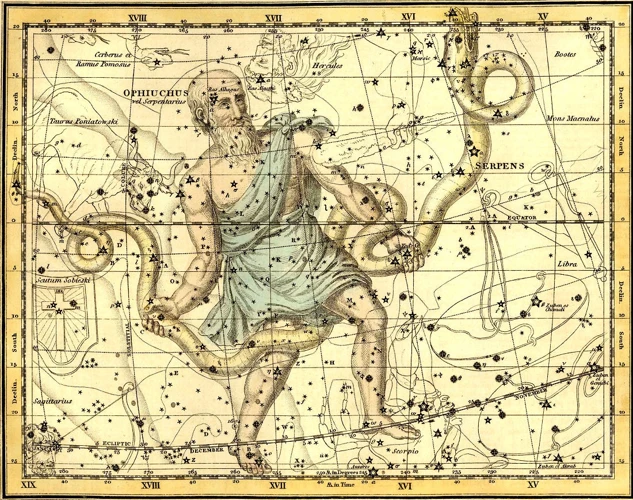
The Haab Calendar – The Civil Calendar
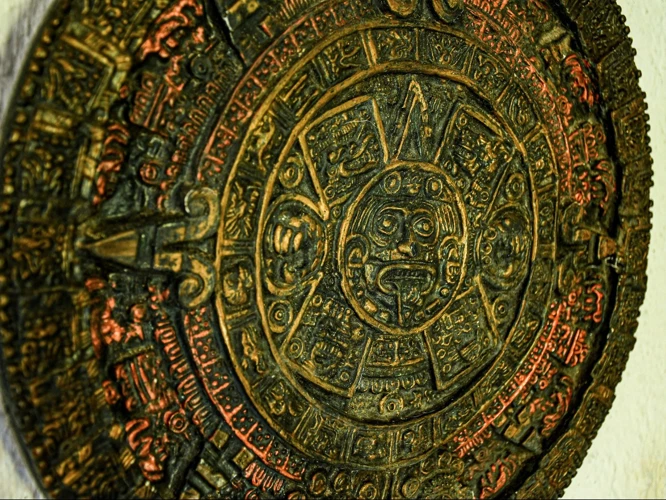
The Haab Calendar, also known as the Civil Calendar, was one of the calendars used by the Mayans to track the agricultural cycles and civil events. This calendar, consisting of 365 days, was divided into 18 months, or “uinals,” with each month having 20 days. To account for the remaining five days, the Mayans added a special period called “Wayeb.” During Wayeb, the Mayans believed that the boundaries between the mortal and spiritual realms were blurred, making it a time of caution and introspection. The Haab Calendar provided a framework for the Mayans to plan their farming activities, as each month was associated with specific agricultural tasks based on the seasons and weather patterns. The 20-day signs within the months held symbolic meanings, relating to various natural elements and animals. By following the Haab Calendar, the Mayans could optimize their agricultural practices and ensure the well-being of their society.
1. Origin and Structure
The Tzolk’in Calendar – The Sacred Calendar
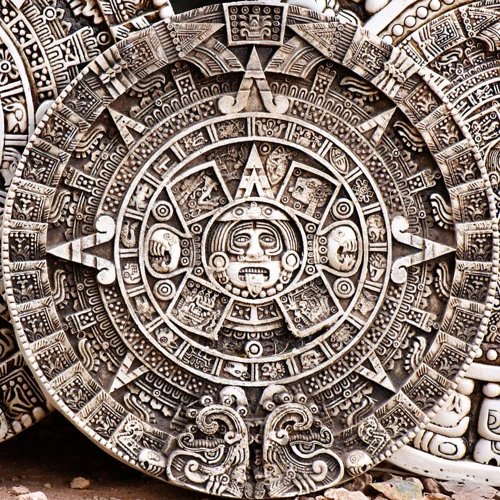
The Long Count Calendar – The Cosmic Calendar
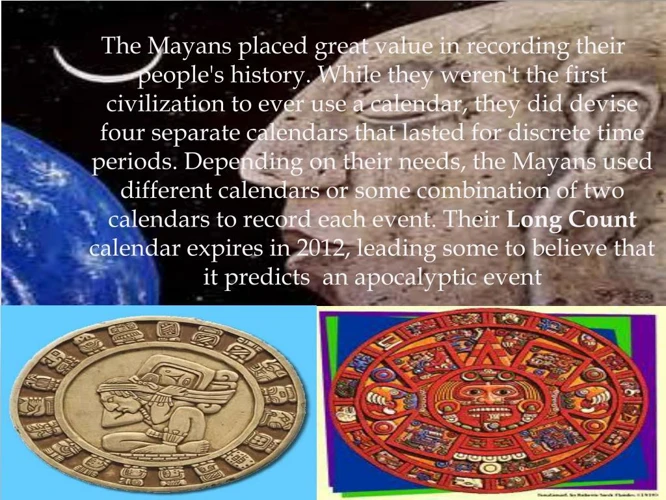
The Mayan Calendar and Astronomy
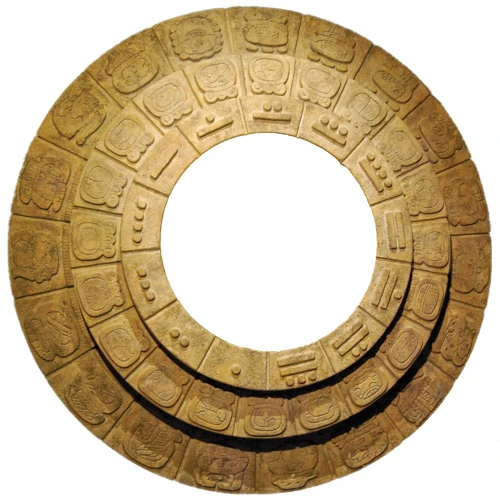
The Relevance of the Mayan Calendar Today
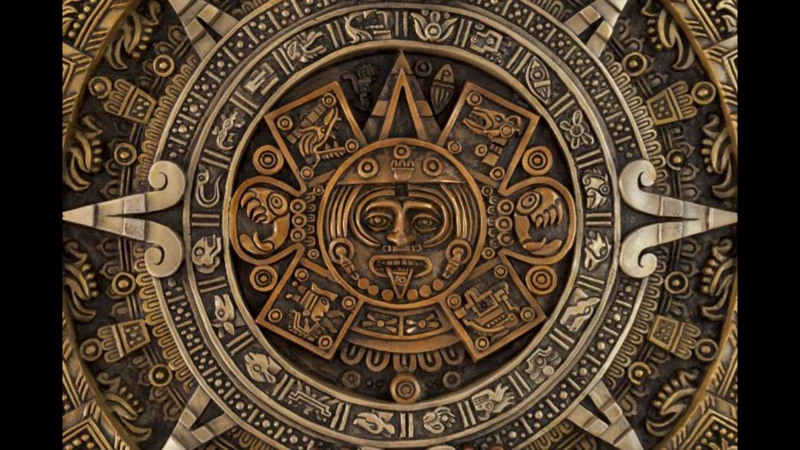
Conclusion
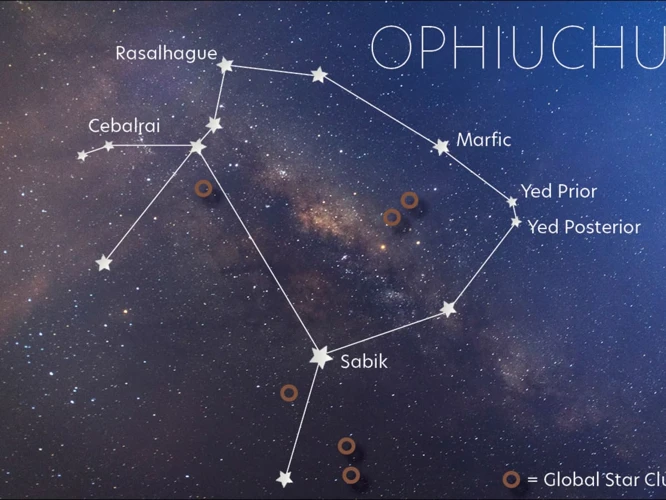
Frequently Asked Questions

1. How many calendars did the Mayans have?
The Mayans had several calendars, including the Haab, Tzolk’in, and Long Count calendars.
2. What was the purpose of the Haab calendar?
The Haab calendar, also known as the Civil calendar, was used to track agricultural cycles and determine the best times for planting and harvesting crops.
3. How did the Mayans calculate dates using the Haab calendar?
The Haab calendar had 18 months, each consisting of 20 days. To calculate a date, the Mayans would combine the month and day sign, creating a unique combination for each day of the year.
4. What was the significance of the Tzolk’in calendar?
The Tzolk’in calendar, also known as the Sacred calendar, held deep religious and ritual importance for the Mayans. It followed a 260-day cycle and was believed to govern human destinies and energies.
5. How did the Mayans interpret the days and energies in the Tzolk’in calendar?
Each day in the Tzolk’in calendar was associated with a specific energy or deity. The Mayans believed that individuals born on certain days would possess the qualities and characteristics of that particular energy.
6. How did the Long Count calendar differ from the other Mayan calendars?
The Long Count calendar, also known as the Cosmic calendar, was used to track longer periods of time. It measured time in units called Baktuns and K’atuns, allowing the Mayans to record events and even predict future occurrences.
7. Did the Mayan Long Count calendar predict the end of the world?
No, the Long Count calendar does not predict the end of the world. The idea of an apocalyptic event associated with the Mayan calendar was a misinterpretation that gained popularity in modern times.
8. How did the Mayans incorporate astronomy into their calendar system?
The Mayans closely observed celestial bodies and incorporated their movements into their calendar system. They tracked the positions of the sun, moon, planets, and stars, allowing them to predict important celestial events such as eclipses and equinoxes.
9. What is the relevance of the Mayan calendar system in modern times?
While the Mayan civilization no longer exists, their calendar system still holds significance today. It provides insights into their advanced understanding of time, astronomy, and their cultural and spiritual beliefs. Additionally, the Mayan calendar system continues to captivate researchers, archaeologists, and anyone interested in ancient civilizations.
10. Is the Mayan calendar still in use today?
While the traditional Mayan civilization is no more, some indigenous communities in Mesoamerica still use aspects of the Mayan calendar system for cultural and spiritual purposes. However, it is important to note that the modern usage may differ from the original Mayan practices.
References
Frequently Asked Questions

FAQs about the Intricate Mayan Calendar System
1. How did the Mayans perceive time?
The Mayans had a deep reverence for time, believing that it held a sacred and cyclical nature, influencing all aspects of their lives.
2. What is the Haab calendar and how is it structured?
The Haab calendar, also known as the Civil calendar, consisted of 18 months, each containing 20 day signs, creating a total of 360 days. It also included a 5-day nameless period.
3. How does one calculate the Haab date?
The calculation of the Haab date involves combining the number of the day within a month with the name of the month and the position of the year in the 52-year Calendar Round.
4. What is the significance of the Tzolk’in calendar?
The Tzolk’in calendar, the Sacred calendar, was of great importance to the Mayans as it represented a 260-day cycle believed to reflect the spiritual energies and influences on human life.
5. What does the Tzolk’in calendar reveal about each day?
The Tzolk’in calendar assigns a unique combination of 20 day names and 13 numbers to each day. This combination holds specific meanings and energies that were believed to influence daily life.
6. How did the Mayans interpret the energies of the Tzolk’in calendar?
The Mayans believed that each day in the Tzolk’in calendar was connected to a specific deity, which influenced various aspects of life, such as agriculture, fertility, and human characteristics.
7. What is the Long Count calendar and how does it differ?
The Long Count calendar, often referred to as the Cosmic calendar, was used for recording historical events and measuring longer periods of time. It differs from the Haab and Tzolk’in calendars in its level of precision.
8. Can the Long Count calendar predict the end of the world?
No, despite popular misconceptions, the Long Count calendar was not designed to predict the end of the world. It simply offers a different way of measuring time, with no inherent apocalyptic implications.
9. How did the Mayans connect their calendar system with astronomy?
The Mayans had a deep understanding of celestial movements and incorporated astronomical observations into their calendar system to track the positions of celestial bodies and predict various astronomical events.
10. Is the Mayan calendar still relevant today?
While the Mayan civilization no longer exists, their calendar system still holds significance for modern-day researchers and those fascinated by ancient cultures. It provides valuable insights into the Mayan perception of time and their relationship with the cosmos.
References
- The Mayan Calendar
- How the Maya Created Their Extraordinarily Accurate …
- The Classic Maya Calendar and Day Numbering System

